Question:
Male, 15 months old, UPD subtype
My son has esotropia and amblyopia primarily affecting his right eye but intermittently seen in his left eye as well. Surgical correction has been discussed and currently we have been instructed to patch his dominant eye (left) for two hours daily. We would like to pursue the interventions that are most likely to promote binocular vision and preserve ocular sensory input in both eyes. Our questions with regard to his ocular issues are :
1.) For best results do you recommend patching for a solid two hours or intermittently throughout the day for a total of two hours?
2.) Are there treatments or therapies for esotropia and amblyopia specifically geared to individuals with PWS?
3.) Are there any clinics or clinicians who specialize in treatment of ocular disease in PWS individuals?
Nurse Lynn’s Response:
For a 15-month-old with PWS and a diagnosis of esotropia and amblyopia—primarily affecting the right eye but intermittently involving the left—patching the dominant eye is an important early intervention to support binocular vision and preserve visual input in both eyes. In general, patching for a solid two-hour block each day is recommended, as studies have shown this approach to be more effective than splitting the time into shorter sessions. A continuous block allows for a more sustained period in which the brain is stimulated to use the weaker eye, encouraging stronger neural connections. However, in children with PWS, especially those with behavioral or sensory sensitivities, intermittent patching (e.g., two one-hour blocks) may be better tolerated. If a full two-hour session is not feasible due to discomfort or noncompliance, intermittent patching is still beneficial, and consistency over time remains the most critical factor.
While there are no treatments specifically designed for esotropia and amblyopia in individuals with PWS, care should be tailored to accommodate the unique challenges posed by the syndrome. Hypotonia, which is common in PWS, can contribute to ocular misalignment and may influence the severity or treatment response of strabismus. Behavioral and sensory processing issues may also affect how well a child tolerates glasses, patching, or vision therapy. Early surgical correction may be considered if glasses and patching do not yield adequate alignment, particularly to promote binocular vision during the critical period of visual development. Vision therapy may offer additional benefits in select cases, especially for convergence or tracking issues, provided the child can tolerate it. Ensuring that the child’s refractive error is optimally corrected with glasses is also essential.
Although no clinics are dedicated solely to ocular issues in PWS, many children’s hospitals and academic centers with pediatric ophthalmology departments—especially those affiliated with neurodevelopmental or genetic clinics—are well-equipped to manage these concerns.
Do you have a non-emergency medical question for Nurse Lynn? Submit your question here:
Share this!
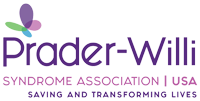
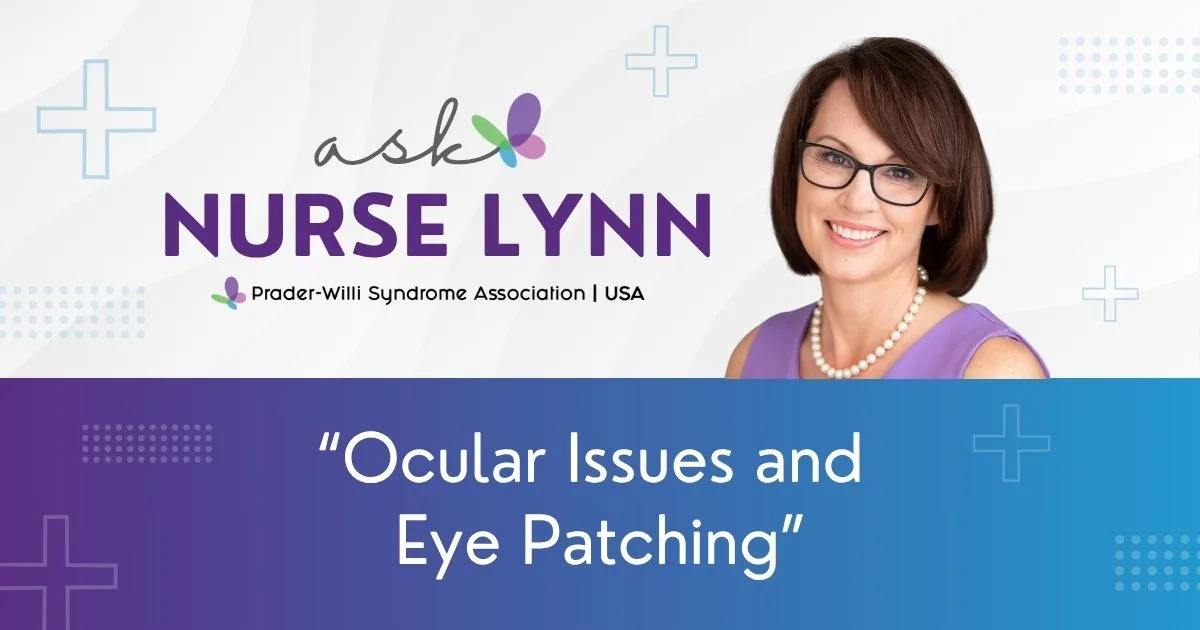
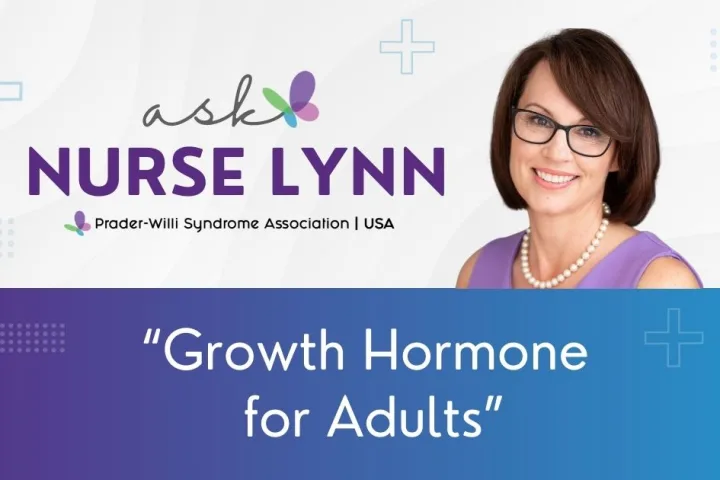
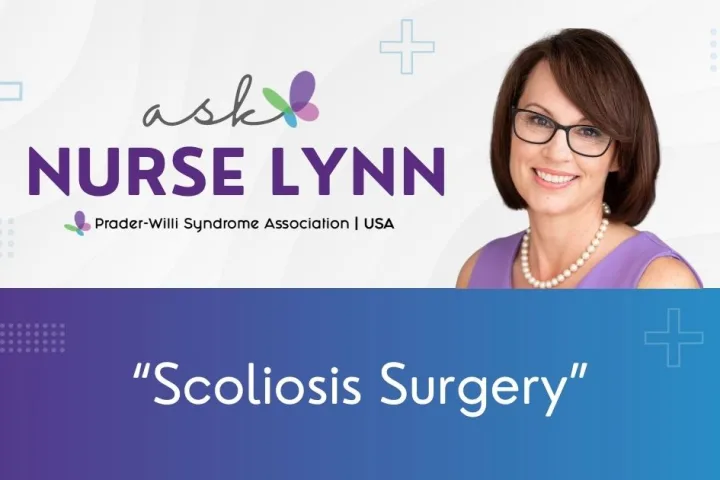

 Perry A. Zirkel has written more than 1,500 publications on various aspects of school law, with an emphasis on legal issues in special education. He writes a regular column for NAESP’s Principal magazine and NASP’s Communiqué newsletter, and he did so previously for Phi Delta Kappan and Teaching Exceptional Children.
Perry A. Zirkel has written more than 1,500 publications on various aspects of school law, with an emphasis on legal issues in special education. He writes a regular column for NAESP’s Principal magazine and NASP’s Communiqué newsletter, and he did so previously for Phi Delta Kappan and Teaching Exceptional Children. Jennifer Bolander has been serving as a Special Education Specialist for PWSA (USA) since October of 2015. She is a graduate of John Carroll University and lives in Ohio with her husband Brad and daughters Kate (17), and Sophia (13) who was born with PWS.
Jennifer Bolander has been serving as a Special Education Specialist for PWSA (USA) since October of 2015. She is a graduate of John Carroll University and lives in Ohio with her husband Brad and daughters Kate (17), and Sophia (13) who was born with PWS. Dr. Amy McTighe is the PWS Program Manager and Inpatient Teacher at the Center for Prader-Willi Syndrome at the Children’s Institute of Pittsburgh. She graduated from Duquesne University receiving her Bachelor’s and Master’s degree in Education with a focus on elementary education, special education, and language arts.
Dr. Amy McTighe is the PWS Program Manager and Inpatient Teacher at the Center for Prader-Willi Syndrome at the Children’s Institute of Pittsburgh. She graduated from Duquesne University receiving her Bachelor’s and Master’s degree in Education with a focus on elementary education, special education, and language arts.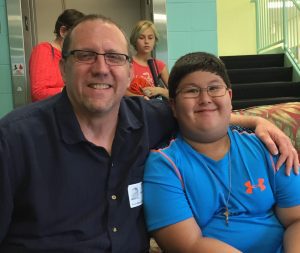 Evan has worked with the Prader-Willi Syndrome Association (USA) since 2007 primarily as a Crisis Intervention and Family Support Counselor. Evans works with parents and schools to foster strong collaborative relationships and appropriate educational environments for students with PWS.
Evan has worked with the Prader-Willi Syndrome Association (USA) since 2007 primarily as a Crisis Intervention and Family Support Counselor. Evans works with parents and schools to foster strong collaborative relationships and appropriate educational environments for students with PWS. Staci Zimmerman works for Prader-Willi Syndrome Association of Colorado as an Individualized Education Program (IEP) consultant. Staci collaborates with the PWS multi-disciplinary clinic at the Children’s Hospital in Denver supporting families and school districts around the United States with their child’s Individual Educational Plan.
Staci Zimmerman works for Prader-Willi Syndrome Association of Colorado as an Individualized Education Program (IEP) consultant. Staci collaborates with the PWS multi-disciplinary clinic at the Children’s Hospital in Denver supporting families and school districts around the United States with their child’s Individual Educational Plan. Founded in 2001, SDLC is a non-profit legal services organization dedicated to protecting and advancing the legal rights of people with disabilities throughout the South. It partners with the Southern Poverty Law Center, Protection and Advocacy (P&A) programs, Legal Services Corporations (LSC) and disability organizations on major, systemic disability rights issues involving the Individuals with Disabilities Education Act (IDEA), Americans with Disabilities Act (ADA), and the federal Medicaid Act. Recently in November 2014, Jim retired.
Founded in 2001, SDLC is a non-profit legal services organization dedicated to protecting and advancing the legal rights of people with disabilities throughout the South. It partners with the Southern Poverty Law Center, Protection and Advocacy (P&A) programs, Legal Services Corporations (LSC) and disability organizations on major, systemic disability rights issues involving the Individuals with Disabilities Education Act (IDEA), Americans with Disabilities Act (ADA), and the federal Medicaid Act. Recently in November 2014, Jim retired.